Playing It Straight
Adding some randomisation (whether by design or accident) is all very well, but what about making well-planned adjustments? Let’s start with an 8th-note hi-hat pattern:
As you can see, this is about as rigid as it gets; there’s no variation in velocity or timing. In terms of the auditory system, varying the loudness of similarly-toned sounds makes the quieter ones appear to come from further away. Sound from further away takes longer to get to the ear (very approximately 1 millisecond for every foot of distance), so in our fixed pattern above it’s possible to fool the brain that there’s a variation in timing by altering the relative loudness of some of the hats. Here we reduce the level of every other beat slightly:
And then the same effect applied more heavily:
More complex variations make for a further enhanced groove. Here’s another regular pattern of velocity but with multiple levels across each bar:
A similar effect can be achieved by applying a low-pass filter to some hits. High frequency sound attenuates more quickly than lower frequencies due to their relative energy level and the ease with which the less powerful high-frequency changes are absorbed.
So, once again, two similar sounds with differing high-frequency content will be perceived as coming from different depths in the sound field. In the next example we’ve mapped velocity to filter cutoff. High velocities let all frequencies through, whilst lower velocities increasingly remove top-end:
Once again, we can use more complex patterns of velocity to create more interesting grooves:
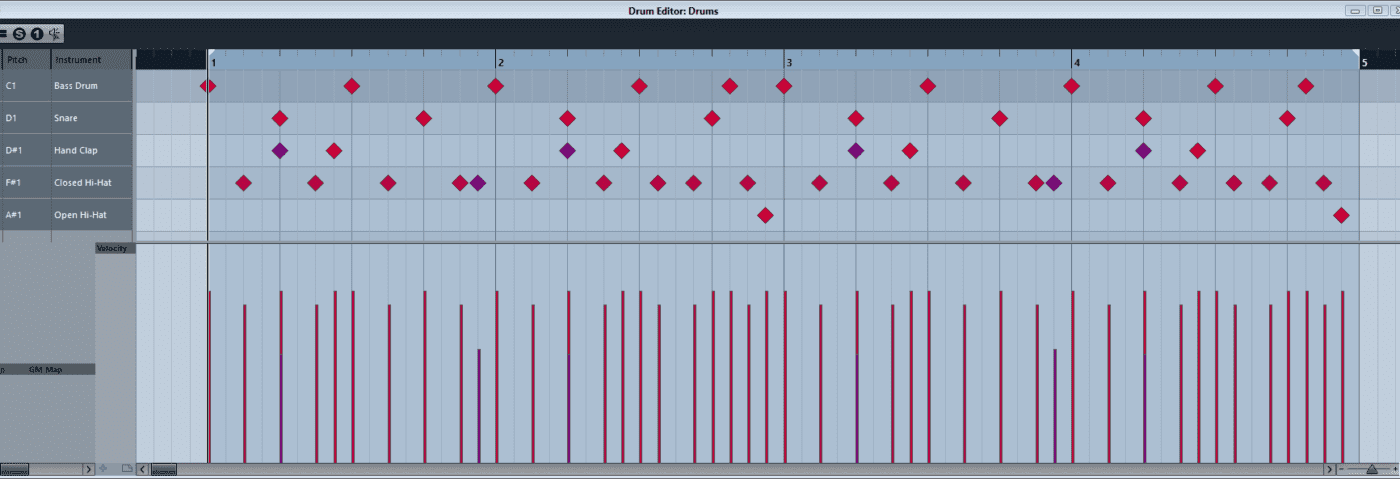
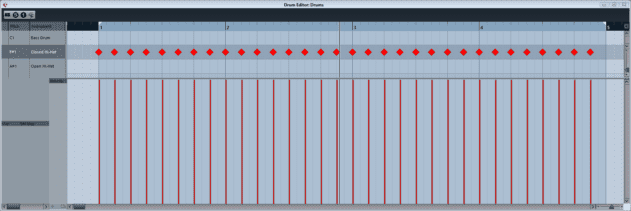
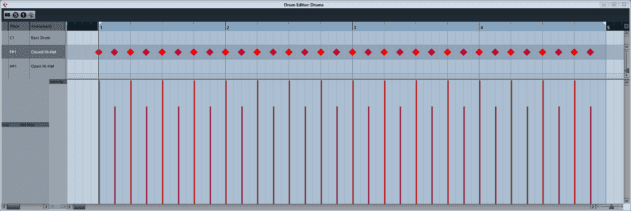
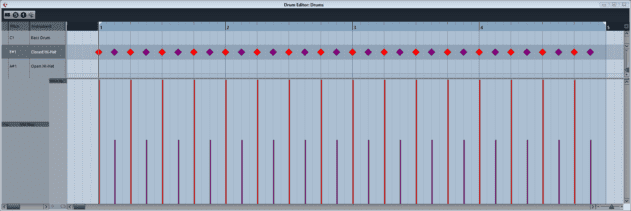
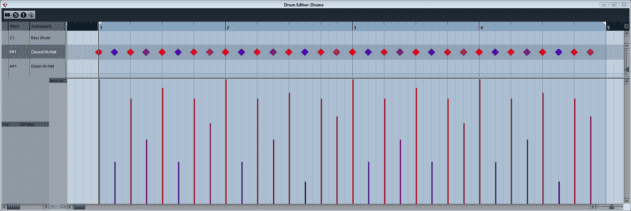
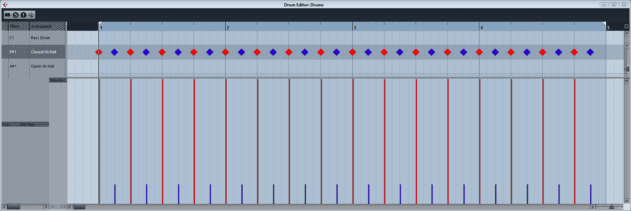
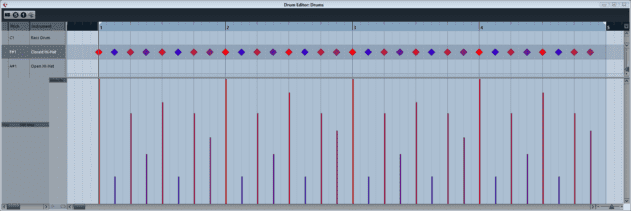
09.08 AM
Absolut brilliant article!!!
But 3 soundsamples doesn’t work on page 4:
– early snare
– late snare
– early hats
cheers
09.10 AM
Thanks, Now it’s working 🙂
01.43 AM
I don’t think it’s accurate to say jitter is inherent in midi. Jitter is a much worse problem than not being able to play two notes at exactly the same time. It means that there is a degree of random inaccuracy in the timing of every single midi event. Usb midi interfaces usually have some jitter. Regular midi over a midi cable doesn’t have this issue. And expert sleepers makes a good solution for getting sample accurate midi out of a computer (via spdif, not usb).
11.34 AM
Am i completely deaf in this regard – the first two samples, no swing vs swing, sound the same to me? Can someone highlight what I should focus on here to pick up this difference?
04.12 PM
Nice! Worth reading 🙂
01.22 PM
Plyphon – the effect is quite subtle in this case but if you compare the screengrabs you’ll be able to see which hits are slightly shifted.
You can find a lot more about swing here: http://www.attackmagazine.com/technique/passing-notes/daw-drum-machine-swing/
10.26 PM
For a (good) musician it is quite obvious to vary in velocity and in pitch regardless of which instrument. Try to listen carefully to a piano pop song and you will easily hear it wether a douchbag programmed the piano or a real piano player was playing. If the douchbag programmed it, every note will have the same velocity – there is no groove and no feeling for the 1’s of a quarter.
It just feels very unnatural to play every note at the same velocity. For instance a piano player has to create groove and emphasis the first note of a quarter and fill in the dynamic ‘gaps’ if the singer is inhaling or is quiet. Try to support the first note of a quarter and make it louder than the others.
Especially drum players know much more about emphasis of notes. for example so called 3er groups.
Anyway I would recommend just try to feel the groove .. listen carefully and stop thinking just let your foot decide wether it’s good or bad way you set the accents / emphasis.
Good example of techno with emphasis:
https://soundcloud.com/pinkmanrecords/pnkmn08-annanan-antagonism-ep
10.38 PM
Don’t forget that changing the pitch of a sample doesn’t just change the perceived loudness in terms of sample length, it also changes the perceived loudness based on the change in frequency content. It’s a psychoacoustic effect and the reason why 20 Hz and 16+ kHz seems quiet but the frequencies between, especially 2-3kHz, seem louder. The sample may be shorter when you pitch it up, but the perceived loudness could increase or decrease based on the sound level and position in the Fletcher-Munson curves.
07.09 AM
Danny – yes that’s right. However, most of the pitch changes used for the drums here are very small, so I don’t think the effect will particularly noticeable in this instance.